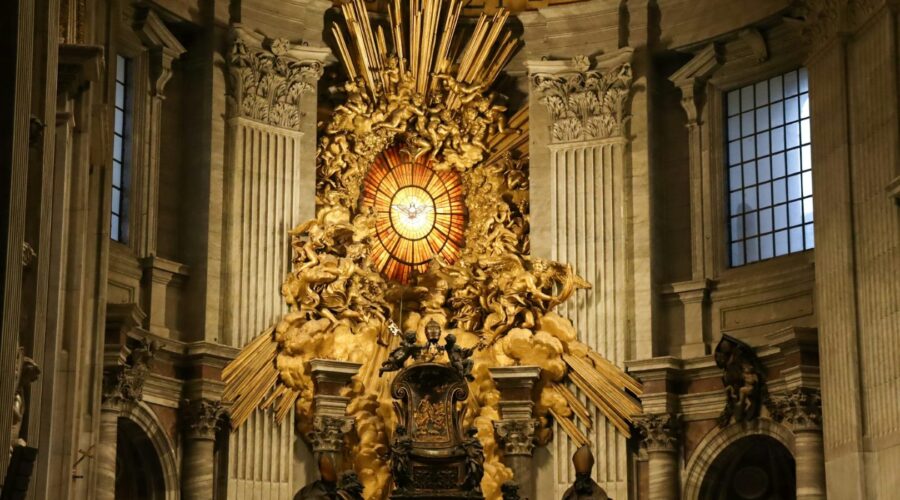Your cart is currently empty!
Ignite Your Faith: Embark on the Journey of a Creative Church

Introduction
In an era where tradition and innovation intertwine, the concept of a creative church is gaining prominence. By embracing artistic expression, modern worship experiences, and community outreach, creative churches are revitalizing the connection between faith and creativity, fostering a dynamic and engaging spiritual environment.
Pillars of a Creative Church
Artistic Expression
Creative churches seamlessly integrate the arts into their worship services and community events. This includes:
- Music: Contemporary worship bands, choirs, and instrumentalists create uplifting and inspiring music that resonates with modern audiences.
- Dance: Interpretive and liturgical dance adds movement and expression to worship, enhancing the emotional and spiritual experience.
- Visual Arts: Paintings, sculptures, and photography adorn church spaces, creating an aesthetically pleasing and contemplative environment.
- Drama: Skits, plays, and storytelling convey biblical truths and inspire reflection through the power of performance.
Modern Worship Experiences
Creative churches embrace innovative worship styles that cater to contemporary sensibilities:
- Interactive Sermons: Pastors engage with the congregation through multimedia presentations, personal anecdotes, and interactive discussions.
- Multi-sensory Worship: Worship spaces incorporate elements like lighting, sound, and scents to create immersive and transformative experiences.
- Community Participation: Worshipers are encouraged to contribute their talents, joining the worship team or leading small group discussions.
- Online Worship: Churches expand their reach through live-streamed services, online Bible studies, and virtual community gatherings.
Community Outreach
Creative churches extend their impact beyond their walls through creative outreach programs:
- Community Arts Projects: Churches partner with local artists to organize exhibitions, workshops, and public art installations that engage the wider community.
- Social Justice Initiatives: Creative churches use their platform to advocate for social justice issues, such as poverty, homelessness, and environmental protection.
- Community Service: Churches mobilize volunteers to provide practical assistance, such as food banks, after-school programs, and disaster relief.
- Interfaith Dialogues: Creative churches foster interfaith dialogue by organizing joint events with other religious groups, promoting understanding and cooperation.
Benefits of a Creative Church
Embracing creativity transforms a church into a vibrant and welcoming environment, offering numerous benefits:
- Improved Worship Experiences: Artistic expression and modern worship styles enhance the spiritual connection between worshipers and God, creating a more engaging and memorable experience.
- Enhanced Community Involvement: Creative churches foster a sense of belonging by providing opportunities for members to contribute their talents and connect through shared creative endeavors.
- Attracting Newcomers: The innovative and accessible nature of creative churches appeals to individuals who may not have found a spiritual home in traditional church settings.
- Positive Social Impact: Through community outreach programs, creative churches make a tangible difference in the lives of others, fostering a spirit of compassion and service.
Challenges and Considerations
While the concept of a creative church is compelling, it comes with its share of challenges and considerations:
- Finding a Balance: Striking a balance between tradition and innovation is crucial to maintain the integrity of the church’s mission while embracing creativity.
- Financial Resources: Implementing creative programs and initiatives often requires additional financial resources, which churches may need to raise through fundraising or partnerships.
- Cultural Resistance: Some members may be resistant to change and hesitant to embrace new worship styles or artistic expressions within the church.
- Lack of Artists: Churches may face challenges in finding and retaining talented artists who are both committed to the mission of the church and skilled in their craft.
Conclusion
The journey of a creative church is a transformative one, offering a dynamic and engaging environment for spiritual growth, community involvement, and outreach. By harmonizing artistic expression, modern worship practices, and community service, creative churches are revitalizing the connection between faith and creativity, inspiring and empowering individuals in their journey toward a fulfilling spiritual life. Embracing the opportunities and navigating the challenges associated with creativity can lead to the flourishing of a church and the enrichment of its members.